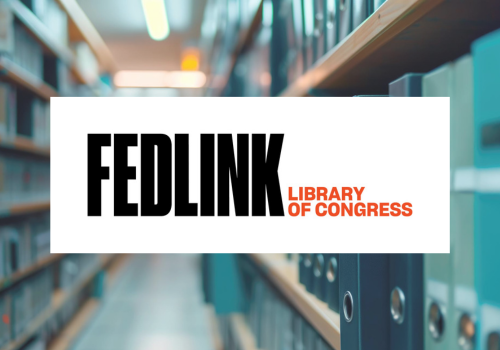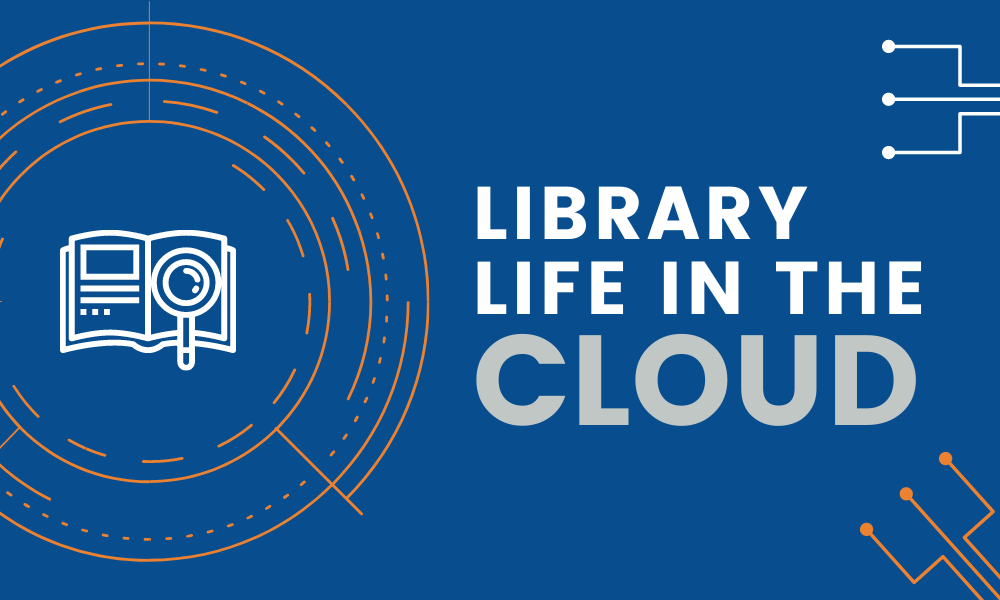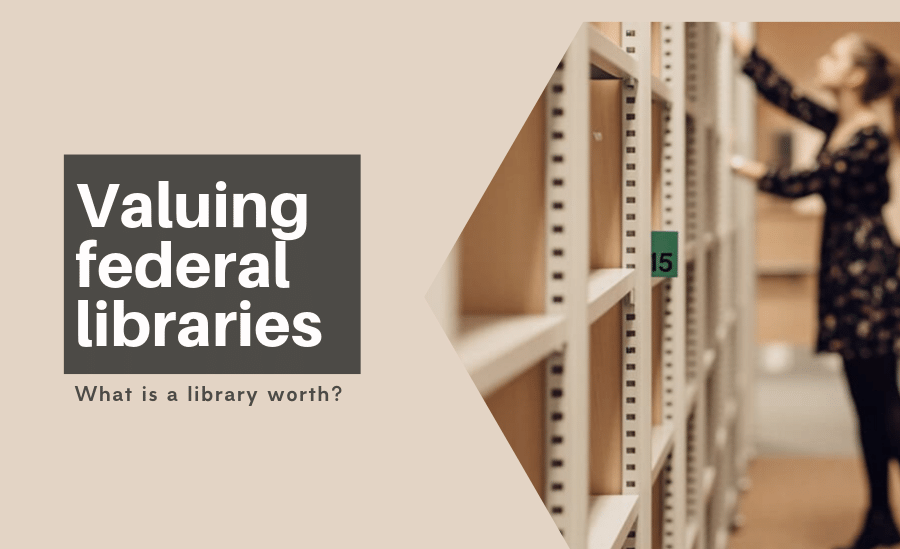Anyone who has worked in government contracting knows that relationships can be fraught with ethical quandaries. Three pages of a 48-page Air Force training manual on government contracts are devoted to just listing the laws, statutes, regulations, codes and directives on the topic!
Is it any wonder that honest, well-meaning government employees and contractors often stay so far on the correct side of the ethical boundary that they can scarcely see one another across the divide?
The cause of poor government / contractor relations
Uncertainty about where the ethical line is and fear about crossing over it, even if by accident, is frequently the cause of poor relationships between contractors and government agencies. Over-cautiousness leads to poor communication, which leads to bad project design, which leads to poor performance and subpar results.
The book on Federal contracting folly
If you ever feel foolish for a mistake or have the mad wish to improve your mood by reading of others’ folly, the United States Department of Defense (D0D) has your back.
In 2013, the DoD’s Standards of Conduct Office, referred to as SOCO, produced what might be a first in U.S. Government publications: a light-hearted guide on corruption. The Encyclopedia of Ethical Failures has a stated purpose to “sensitize Federal employees to the reach and impact of Federal ethics statutes and regulations”.
The Encyclopedia is a tour de force of understated humor, bad puns and schadenfreude humor, including everything from accepting bribes in exchange for multi-million dollar contracts to getting government employees to help with your kid’s homework.
Myth-busting for program managers and contracting officers
In 2010, Vivek Kundra, the U.S. Chief Information Officer, brought together representatives of government, academia and industry to find ways to break though the barriers that are preventing Federal agencies from fulling realizing the innovative possibilities that the dynamic spirit of American enterprise produces.
The result was a “25 Point Implementation Plan to Reform Federal Information Technology Management.” Point 24 begins:
“Commonly-held misunderstandings about how industry and government can engage with one another during the acquisition process place an artificial barrier between Federal agencies and their industry partners. These myths reduce the government’s access to necessary market information as government officials, both program managers and contracting officers, are often unsure how to responsibly engage with their industry counterparts.”
His solution was to launch a “Myth-Buster” campaign help acquisition and program staff eliminate the artificial barriers erected against engaging vendors. To date, the Office of Federal Procurement Policy (OFFP) has issued three “myth-busting” memos in 2011, which focused on 10 myths commonly held by government staff; 2012, which focused on myths held by contractors/vendors and most recently in January 2017, which discussed myths about post-award debriefs.
This is not the place to review and parse all 26 myths in detail, but to focus on a few key points from these writings and the many other reports, memoranda, directives, policies, and procedures that litter the Federal government file trees.
Procurement and program staff should engage early and often with vendors
Through one-on-one meetings, industry days, reverse industry days, requests for information, expos and conferences, government and industry are permitted to discuss specific projects and needs and encouraged to do so.
One of the key takeaways from the three “myth-busting” memos is that the government / contractor relationship should not be nearly as fraught as it too often is. As long as no vendor receives preferential treatment and no money or gifts change hands, Federal law allows government staff to discuss their programs and needs prior to the solicitation. The OFFP encourages all agencies to have a vendor communication plan that actively seeks out ways not only to engage with current vendors, but also to break down the barriers that are holding back smaller or mid-tier companies or new vendors with which the agency has no prior experience.
Engaging early allows both sides to fully assess the agency’s needs and objectives and empowers program and procurement staff to develop an acquisition strategy that brings the best from all sides. The experience of vendors on similar projects at other agencies may be helpful in creating an approach that is more likely to meet objectives. Engaging early also decreases risk by ensuring that both sides have a better understanding of the issues and requirements involved. This leads to better proposal requests going out and better responses coming in.
Reduce risk by enabling contractors to “fail up”
Both government contractors and the Federal agencies they serve are risk averse—frequently to the point that the only result is status quo mediocrity. Contractors fear being shut out of future opportunities for taking an innovative risk and Federal procurement staff fear a failed contract and the appearance (or reality) of wasted public funds.
It is the nature of innovation that some ideas will not work. The idea of bringing in “best practices” from the commercial sector to the public sector is that the failure and refinement of ideas, technologies, and practices should occur in the free market. But this is not always practicable as the nature, mission, and scale of Federal agencies does not lend to direct mapping of private-sector solutions.
By focusing on final objectives and outcomes rather than methods and tools, the contractor is free to try different ideas during the process. Alternatively, a contract can include or be more open to modifications that retain the original goals but modify the program in response to changes in technology. By giving contractors a better way to respond to problems and devise new solutions, the fear of failure will no longer mire us in mediocrity.
Incentivize innovation
Still another solution is to provide incentives if the contractor can demonstrate that a improvement or innovative will improve efficiency or lead to superior outcomes. Incentives could include, for example, a bonus or award in proportion to the savings earned or perhaps the ability to profit from innovations or improvements which are devised during the contract. This may take the form or profit sharing or even ownership of some of the fruits of their work.
Perspective on corruption and anarchy
What we need is a little perspective. It is a myth that government cannot innovate. In fact, without government to enforce contracts and punish the bad actors, the commercial sector would scarcely be able to innovate for fear of chaos.
In the Library of Congress, tucked away in a obscure gallery just beyond the masterful Bibles of Mainze and Gutenberg in a location that seems isolated from the grandeur of the Beaux-Arts opulence of the Great Hall are series of allegorical murals by the artist Elihu Vedder. On one side sits Corruption and Anarchy. In Corruption, a wealthy man bribes a figure by placing gold on a scale while a child begs unheeded leading to anarchy where the tools of industry sit broken and idle. On the other side sits Good Administration followed by Prosperity where individuals can reap what they sow.
In a cynical age, this may seem simplistic and almost quaint, but the lesson the artist intends is both true and timeless: government needs industry and industry needs government and the two only prosper together when there is fair and open administration. If we abide by the rules of sound ethics and fair play, we will find that there is more trust and more opportunities for both sides to benefit.



